Pena Shokeir Syndrome Type 2
Pena shokeir syndrome type 2. Genes are located on 19q132-q133 13q33 and 10q11. Persutte WH Lenke RR Kurczynski TW Brinker RA Obstet Gynecol 1988 Sep723 Pt 2472-5. Antenatal diagnosis of Pena-Shokeir syndrome type I with ultrasonography and magnetic resonance imaging.
Pena Shokeir syndrome type 2 Definition Cockayne syndrome is a rare disorder characterized by an abnormally small head size microcephaly a failure to gain weight and grow at the expected rate failure to thrive leading to very short stature and delayed development. Clinically evocated by association of arthrogryposis ocular signs and growth failure. An autosomal recessive degenerative disorder OMIM214150 of prenatal onset that affects the brain eye and spinal cord.
Pena-Shokeir syndrome is a rare autosomal recessive disease characterized by facial anomalies arthrogryposis polyhydramnios fetal growth restriction and pulmonary hypoplasia. It derives its name from Greek literally meaning curving of joints arthron joint. PSS is characterized by fetal growth restriction craniofacial deformities multiple ankyloses and pulmonary hypoplasia.
Pena-Shokeir syndrome type I Article about Pena-Shokeir syndrome type I by The Free Dictionary. Pena-Shokeir Syndrome type II is caused by mutations in complementation genes 2 and 6. Death usually occurs by the age of 5 years but patients with milder forms may survive beyond childhood.
After birth it leads to brain atrophy hypoplasia of the corpus callosum hypotonia cataracts microcornea optic atrophy progressive joint contractures and growth failure as well as characeristic facial dysmorphia and defects of the skull eyes limbs heart and kidneys. See also type II Pena-Shokeir syndrome which is also known as COFS syndrome 214150. Type II is a rare progressive congenital syndrome involving degeneration of the brain and spinal cord and characterized by facial head skeletal and.
Abstract We report on nine individuals with the PenaShokeir syndrome. Pena-Shokeir syndrome Type II. 214150 278780 610756 610758 616570.
104 rows Cockayne syndrome type 2 type B sometimes referred to as the. 1 1 000 000.
Emphasis is made on genetic background neuropatholo.
Pena-Shokeir syndrome type 2. The separate delineation of types I and II was given. Pena-Shokeir syndrome type 2. Genes are located on 19q132-q133 13q33 and 10q11. It derives its name from Greek literally meaning curving of joints arthron joint. Cockayne syndrome type 2. Is an autosomal recessive progressive neurodegenerative disorder characterized by microcephaly congenital cataracts severe mental retardation facial. See also type II Pena-Shokeir syndrome which is also known as COFS syndrome 214150. Emphasis is made on genetic background neuropatholo.
Pena-Shokeir syndrome PSS type 1 also known as fetal akinesia deformation sequence is a rare genetic syndrome that almost always results in intrauterine or early neonatal death. Pena-Shokeir syndrome is a rare autosomal recessive disease characterized by facial anomalies arthrogryposis polyhydramnios fetal growth restriction and pulmonary hypoplasia. An autosomal recessive degenerative disorder OMIM214150 of prenatal onset that affects the brain eye and spinal cord. 61 rows There are similarities between Pena-Shokeir syndrome type I and the. Pena-Shokeir Syndrome type II is caused by mutations in complementation genes 2 and 6. Grȳpōsis late Latin form of late Greek grūpōsis hookingChildren born with one or more joint contractures have abnormal fibrosis of the muscle tissue causing muscle shortening and therefore are unable to. Type II is a rare progressive congenital syndrome involving degeneration of the brain and spinal cord and characterized by facial head skeletal and.
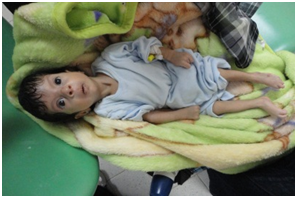







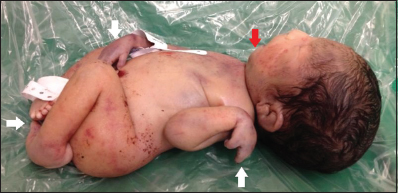



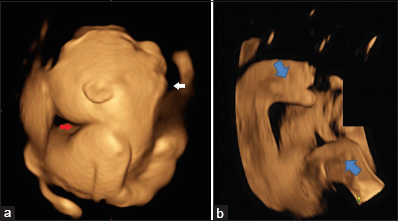


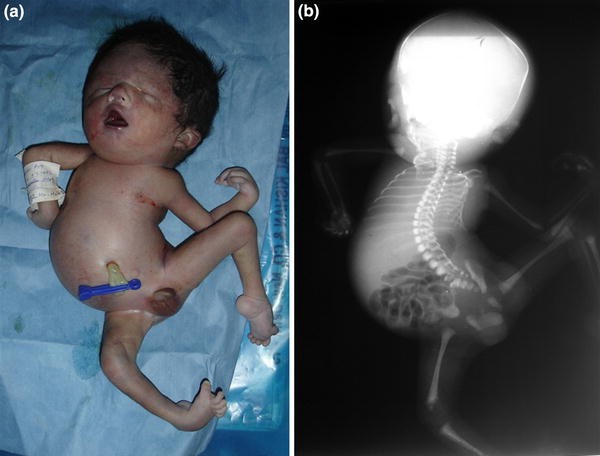



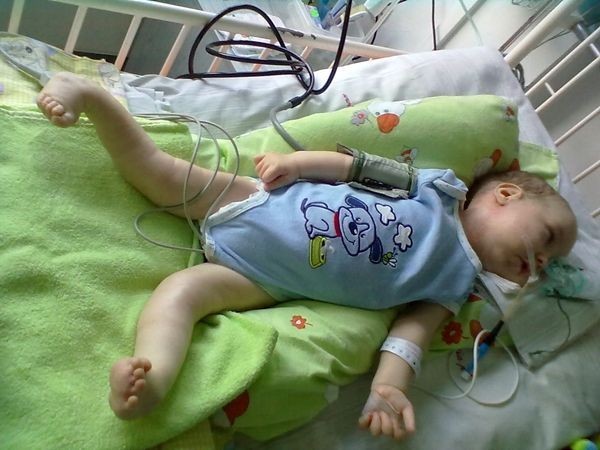





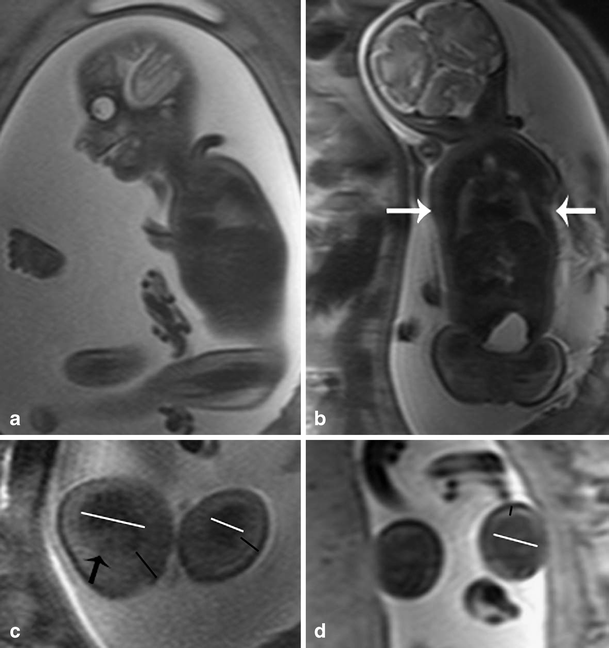






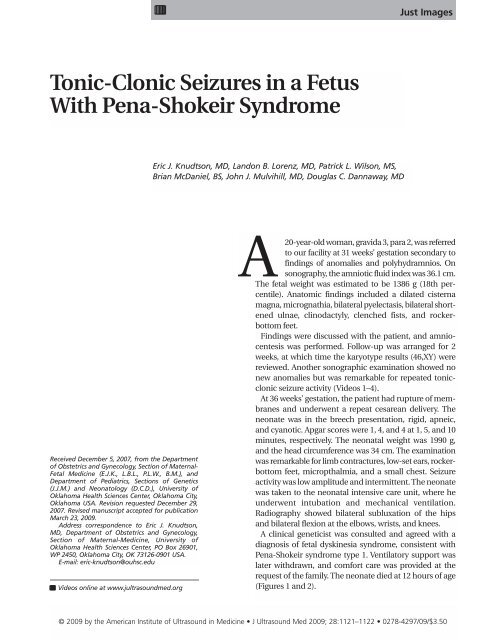








Post a Comment for "Pena Shokeir Syndrome Type 2"